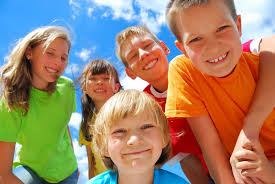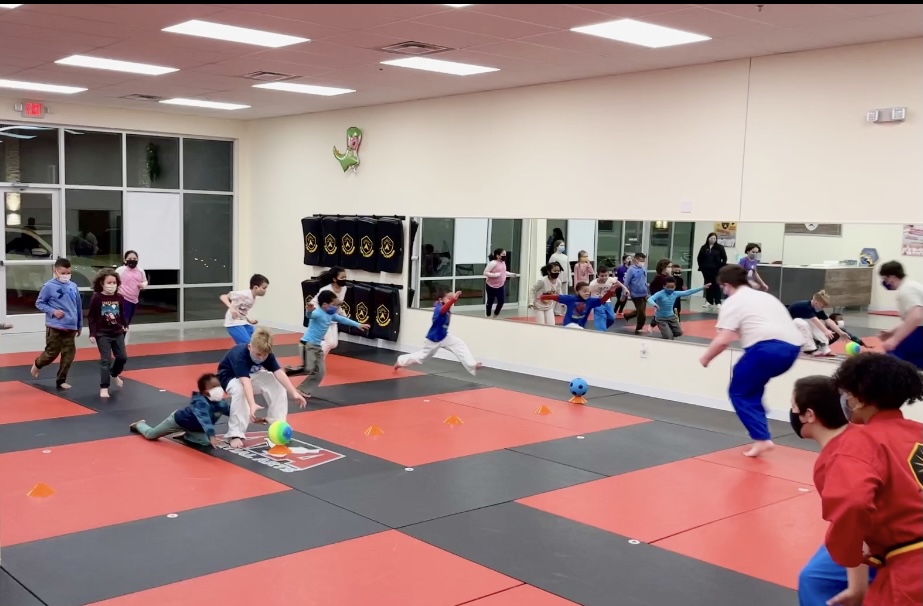
WHAT IS ADHD?
Posted: March 11, 2021
WHAT IS ADHD?
Attention-Deficit/Hyperactivity Disorder (ADHD)
is a treatable, neurodevelopmental disorder found in kids, teens, and adults.ADHD is one of the most common neurodevelopmental disorders in children. Its core symptoms are inattention and hyperactivity/impulsivity. Between 60% and 85% of kids (ages 6-12) diagnosed with ADHD may continue to have ADHD as teens (ages 13-17), although the symptoms may look different as your child gets older. These symptoms can affect them at home, at school, and in social situations.
This list is an overview of what these symptoms may look like in children. It is not a diagnostic tool.
Symptoms of Inattention -Symptoms must occur OFTEN.
- Makes careless mistakes and lacks attention to details
- Example: overlooking or missing details, or handing in homework that is inaccurate
- Has difficulty paying attention to tasks or while playing
- Example: difficulty remaining focused during class, conversations, or lengthy readings
- Seems to not listen when spoken to directly
- Example: mind seems elsewhere, even in the absence of obvious distraction
- Fails to follow through on instructions, schoolwork, or chores
- Example: starts tasks, but quickly loses focus and is easily sidetracked
- Has difficulty organizing tasks and activities
- Example: messy, disorganized work; poor time management
- Avoids, dislikes, or is reluctant to participate in tasks requiring sustained mental effort
- Example: avoids or dislikes schoolwork or homework
- Loses things
- Example: loses school materials or, if older, wallets, keys, glasses, or phone
- Easily distracted
- Forgetful in daily activities
Example: may forget to complete chores
Symptoms of Hyperactivity and Impulsivity- Symptoms must occur OFTEN.
- Fidgets with or taps hands and feet or squirms in seat
- Leaves seat when remaining seated is expected
- Example: leaves their place in the classroom or in other situations that require remaining seated
- Runs or climbs where it is inappropriate, or feels restless
- Unable to play quietly or, if older, participate in leisurely activities
- Acts as if “on the go” or “driven by a motor”
- Example: is unable or uncomfortable being still for an extended time
- Talks excessively
- Blurts out an answer before a question has been fully asked
- Example: completes people’s sentences; cannot wait for next turn in conversation
- Has difficulty waiting his or her turn
- Example: has trouble waiting in line
- Interrupts or intrudes on others
- Examples: butts into conversations, games, or activities; may start using other people’s things without asking or receiving permission

Exercises for ADHD children may be beneficial by enhancing their brain structure and function. Studies have shown that exercise results in kids being less impulsive and having improved social skills, thereby creating a greater possibility for learning in the classroom. Let's have a closer look at the benefits and some examples of physical activity.
A consistent daily routine of exercise may help to reduce the need for stimulant medications and can help your child feel better and function better. Improvements in executive control (problem-solving skills) used to plan and organize will be realized and improvement to structural brain growth and neurocognitive development can have lasting effects on the path of ADHD.
When children exercise, their brains release neurotransmitters such as dopamine and endorphins, which have a direct correlation with clearer thinking, improved ability to focus and a positive feeling in the body. An increase in heart rate improves growth of the hippocampus, which is involved in learning and memory. New neurons also grow in the brain that have a powerful impact on organizational skills, which can result in improvements in planning a school project, completing homework and self-control.
Cognitive benefits aren't the only benefits derived from exercise. Many other health benefits can be derived, including reducing incidence of high blood pressure, childhood obesity, type 2 diabetes, stronger muscles and endurance and increased blood flow to the major organs. Regular exercise also burns up excess energy, which is a common issue with ADHD children, resulting in calmer children and improved social skills.
Exercise can be implemented in many forms, such as both team and individual sports. Exercise can be easily implemented by incorporating short 20-minute segments into a morning and afternoon schedule and can be set at their own pace.
- School activities (individual): swimming, track & field, martial arts, gymnastics, ballet.
- School activities (team sports): relay racing, soccer, basketball, volleyball
- Outdoor activities: nature walks, bike riding or walking/jogging to school, hopscotch, jumping rope
While exercise isn't a cure for ADHD, it will have a positive, lasting impact on symptoms and improved physical health.
What better way to improve self-esteem and greater self-confidence in your child!
